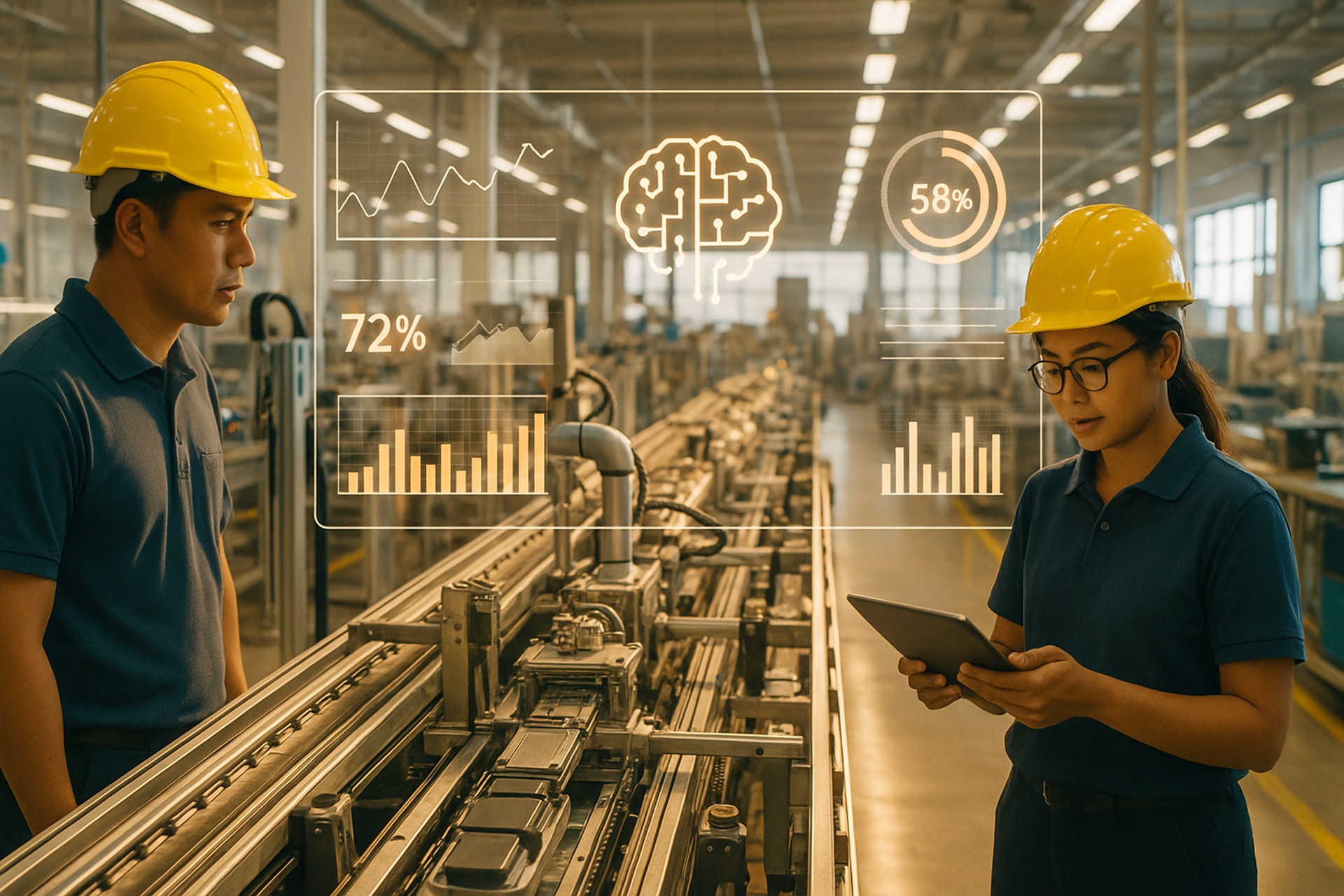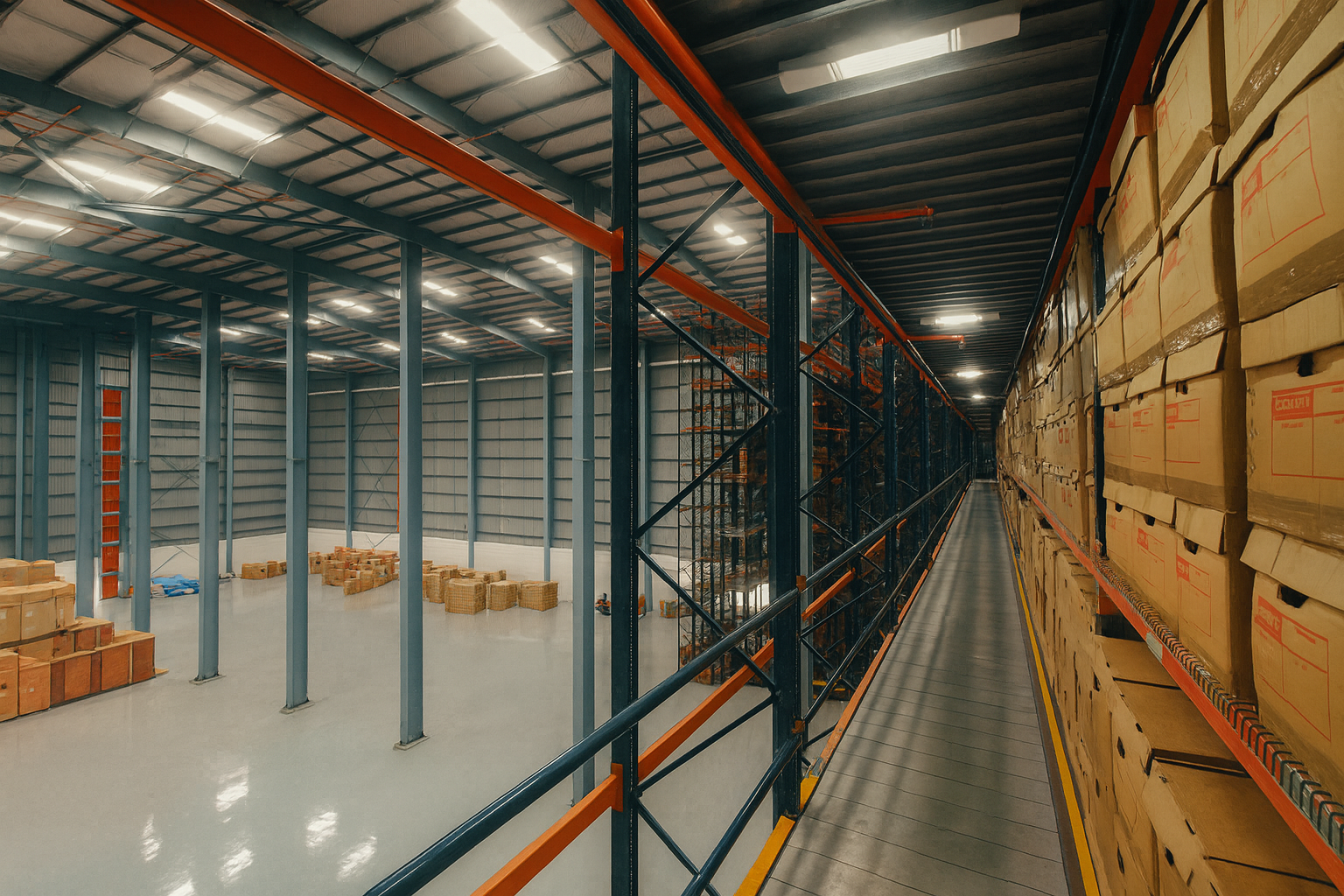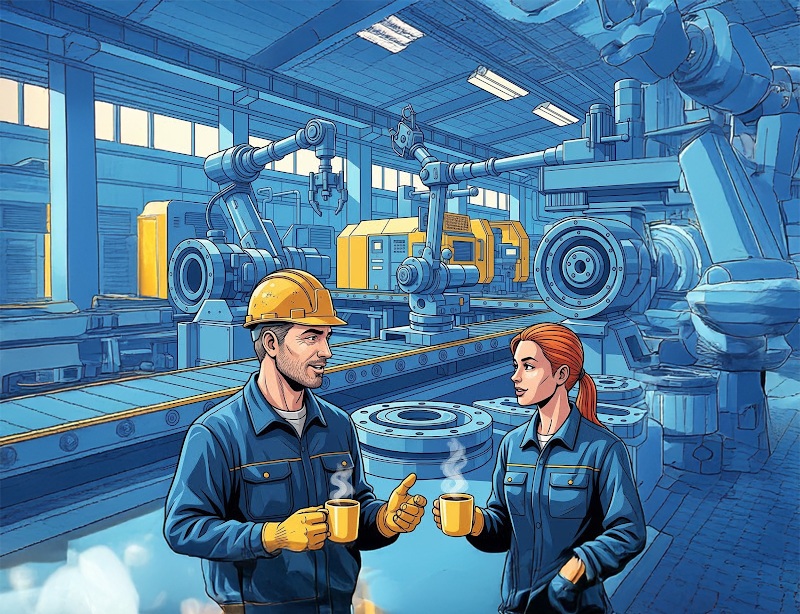In a world where efficiency and reliability are no longer luxuries but prerequisites, factories
must evolve or risk being left behind. Artificial Intelligence (AI) is no longer just a
futuristic buzzword: it’s becoming the backbone of high‑performance manufacturing. For
decision makers and factory owners in Malaysia, adopting AI is not merely an option but a
competitive imperative.
In this article, we explore how AI transforms three critical domains productivity, quality,
and predictive maintenance and why implementing AI now pays off in both the short and
long term. At the end, we’ll also show how Ocunapse can help your factory adopt AI in a
structured, low‑risk way.
Introduction: The AI Shift in Manufacturing
Manufacturing has always been about continuous improvement: leaner processes, tighter
tolerances, higher throughput. But traditional methods are reaching diminishing returns.
Rising labour costs, global supply‑chain volatility, and demand for mass customization
make the old playbook insufficient.
AI changes the game. It brings capabilities that traditional automation cannot: learning,
adaptation, anomaly detection, and predictions. An AI‑enhanced factory can sense problems
before they occur, dynamically allocate resources, and uphold consistent quality despite
variations.
In Malaysia, the government’s Industry4WRD policy underscores this urgency. The National
Policy on Industry 4.0 (Industry4WRD) aims to accelerate adoption of smart manufacturing
practices among Malaysian SMEs and large manufacturers alike. Yet, many factories still
operate with minimal digitalization or isolated automation islands.
The question is no longer “Should we do AI?”, but “How fast can we adopt it correctly?”
The Business Impact of AI: Why It Matters to Decision Makers
Before diving into techniques and tools, let’s look at why decision makers should care
deeply.
Throughput and Utilization: AI can optimize production schedules and reduce idle times gains of 5%–20% in throughput are realistic.
Cost Avoidance: Unplanned downtime, defective products, and energy waste all erode
margin. AI helps reduce those losses.
Capex vs Smart Use of Existing Assets: Rather than buying new machines, AI can extract extra performance from existing equipment.
Faster Payback: AI investments often recoup within 12–24 months when well executed.
Malaysia’s manufacturing sector accounts for about 23% of GDP and over 65% of exports.
The Malaysian Investment Development Authority (MIDA) has prioritized smart
manufacturing and automation in its promotional policies. In surveys of Malaysian SMEs,
many cite worker shortages, rising wages, energy costs, and global competition as key
pressures. AI adoption helps address all these.
Factories that adopt AI early will operate with lower cost structures, higher reliability, and
deeper insights. Those that lag risk being underbid by competitors, facing quality recalls, or
forced into costly late upgrades.
Boosting Productivity: Smarter Operations with AI
Conventional scheduling is static: based on historical averages, generic buffers, and rule‑
based priorities. AI changes that by forecasting demand more accurately, adjusting
schedules on the fly, and optimizing resource allocation.
With IoT sensors streaming data, AI can monitor performance in real time and adapt
processes instantly. This reduces cascade delays, manual interventions, and suboptimal
performance.
Energy is a large cost line in Malaysian manufacturing. AI detects patterns in energy usage,
predicts high‑draw cycles, and integrates with building systems to smooth loads. The result:
lower utility bills and more sustainable operations.
Enhancing Quality: From Reactive QC to Proactive QA
AI vision systems spot micro‑defects invisible to human eyes, detect anomalies, and classify
defects in real time. Anomaly detection models examine sensor data streams to detect out‑
of‑envelope behavior early. By catching defects upstream, scrap rates fall, rework cycles
shrink, and warranty costs decline.
A Malaysian beverage factory implemented AI vision at the filling station and saw a 25%
reduction in quality defects within months, improving customer satisfaction and reducing
returns.
Predictive Maintenance: From Break‑Fix to Predict‑and‑Prevent
Unplanned downtime is one of the biggest profit killers in manufacturing. By equipping
machinery with sensors, AI models can predict incipient faults like bearing wear or thermal
stress before failure. These predictions allow maintenance to intervene before catastrophic
failure.
Integration with CMMS or ERP allows automatic scheduling, ticket creation, and resource
allocation. Factories adopting predictive maintenance often report 20%–50% reduction in
unplanned downtime and 10%–30% drop in maintenance costs.
Implementation Pathway for Decision Makers
Start small: choose a pilot use case for 3–6 months. Assess data readiness: sensors,
connectivity, integration. Decide whether to build in‑house or partner. Ocunapse offers AI
consulting, system integration, and deployment support in Malaysia allowing you to tap
world‑class capability without hiring a full in‑house AI team
Train operators, build trust, and scale horizontally and vertically after pilot success.
Conclusion: The Time to Act is Now
The world isn’t waiting. Factories that digitize and adopt AI will operate with higher
throughput, fewer defects, lower costs, and greater resilience. For Malaysian manufacturers,
this isn’t optional it’s strategic.
Ocunapse understands the journey. We’ve helped factories in Malaysia adopt AI, integrate
with MES/ERP systems, and build predictive capabilities. If you’re ready to transform your
factory start small, scale fast, and build trust in data we’re here as your partner.
Ocunapse is a Malaysia‑based digital transformation and AI solutions provider that helps
manufacturers bridge the gap between traditional operations and the smart factory of
tomorrow. Want to explore how AI can elevate your productivity, quality, and maintenance?
Get in touch with us at Ocunapse








